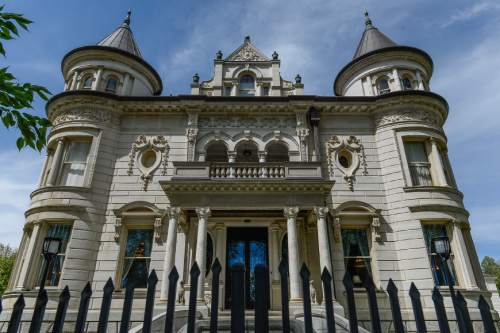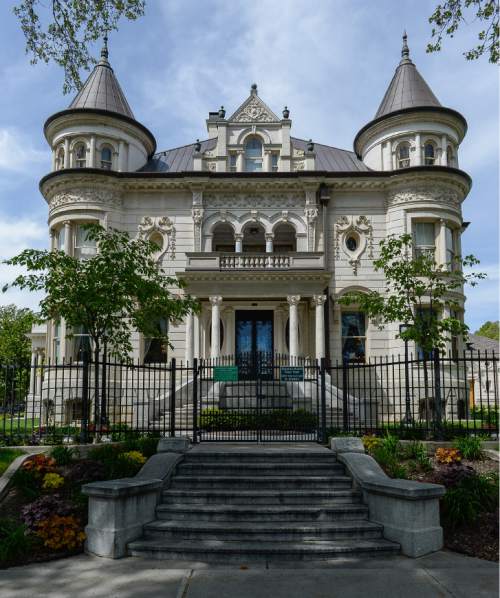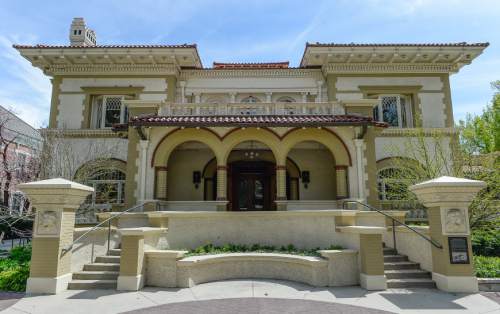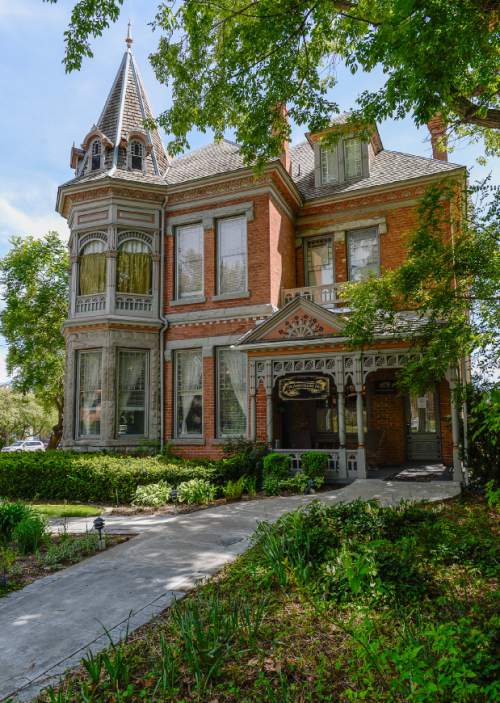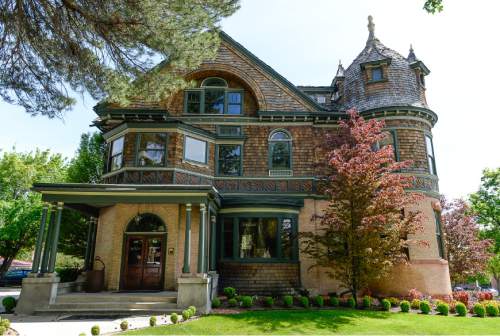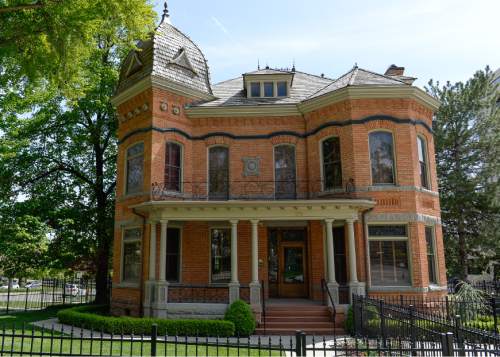This is an archived article that was published on sltrib.com in 2016, and information in the article may be outdated. It is provided only for personal research purposes and may not be reprinted.
If you're shopping for a mansion, Utah's three largest metro areas are great places to look.
Among 100 top U.S. cities, Provo-Orem, Ogden-Clearfield and Salt Lake City have the highest share of mansions in their housing stock, according a new analysis by SmartAsset.com.
The stately and historic homes of Federal Heights, along South Temple or in Holladay might come to mind. Some of those mountainside manors in northeast Provo, you're thinking, or maybe some of the grand abodes on Ogden's east bench.
"Everyone has their own vision of what qualifies as a mansion," said AJ Smith, vice president for content at New York-based SmartAsset.
In this case, Utah's high rankings are less about the Wasatch Front as a new Beverly Hills and more about the effects of large Mormon families.
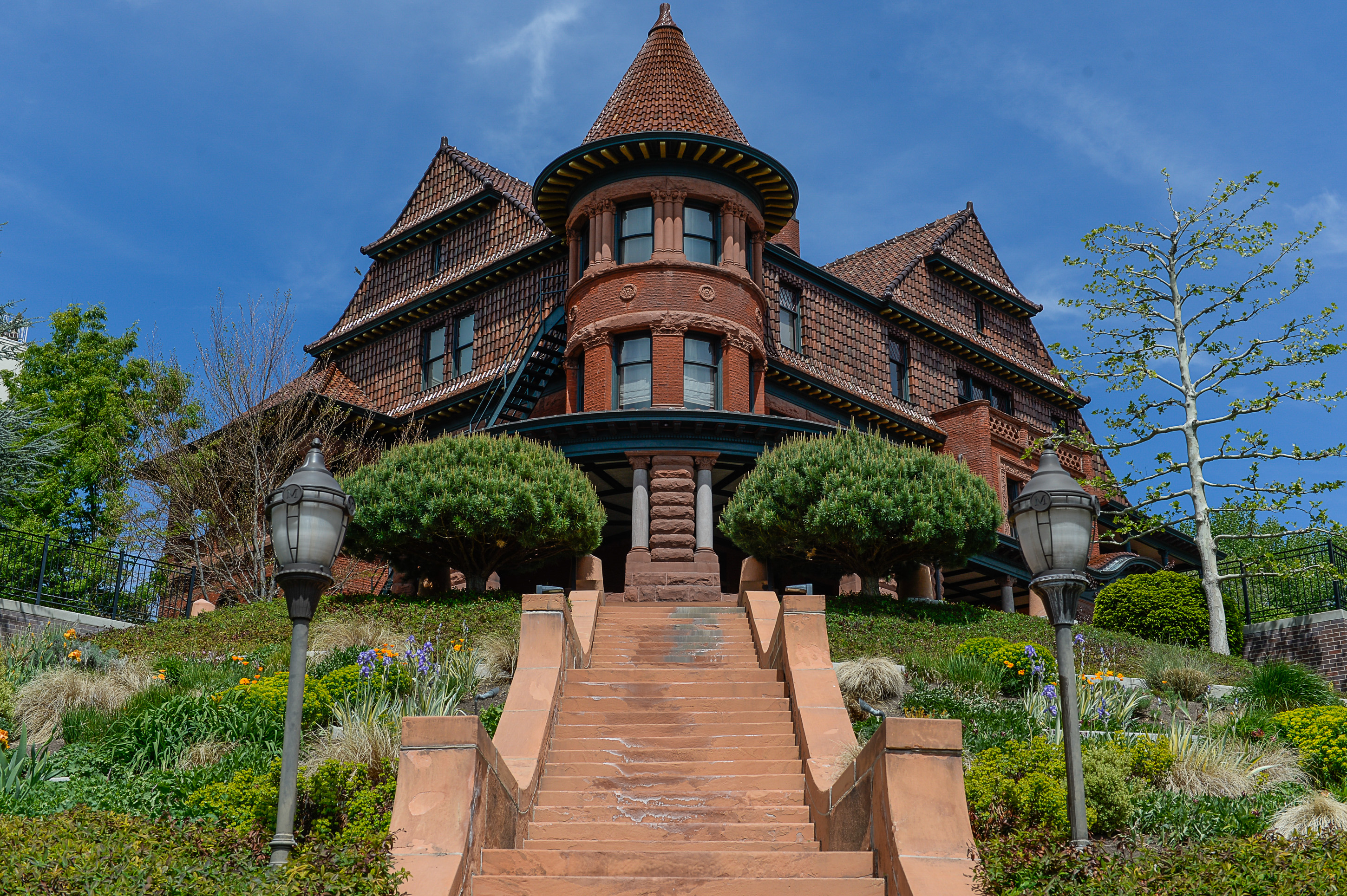
(Francisco Kjolseth | The Salt Lake Tribune) The McCune Mansion at 200 Main St. in Salt Lake City.
The SmartAsset research, based on recent U.S. Census data, examined the percentage of homes with five bedrooms or more and at least 15 rooms total— irrespective of the residents' incomes or what the homes cost.
By that metric, Salt Lake City, Provo-Orem and Ogden-Clearfield all had mansion ratios above 1.4 percent or 14 of every 1,000 homes, far outstripping cities across the rest of the country, where the national average is about 0.5 percent, or five in every 1,000 houses.
Only four other metropolitan areas — Bridgeport, Conn.; Washington, D.C.; Atlanta; and Honolulu — even came close. And 16 of the top 25 U.S. cities for mansions on the list did not exceed a ratio of 0.77 percent, less than half Utah's palatial prowess.
The average American home size has more than doubled since World War II, mirroring a shift in the purposes that houses serve in people's lives relative to parks, meeting halls and other communal places.
"In 1870, you could raise 13 kids in less than 1,000 square feet," said Kirk Huffaker, executive director of the Utah Heritage Foundation. "You didn't spend the greater part of your life in the house. You basically slept and ate there and were otherwise out somewhere else."
Wealthy folks built lavish mansions in Utah and across the country around the turn of the century, Huffaker said, but the period also produced large numbers of smaller cottages and bungalows.
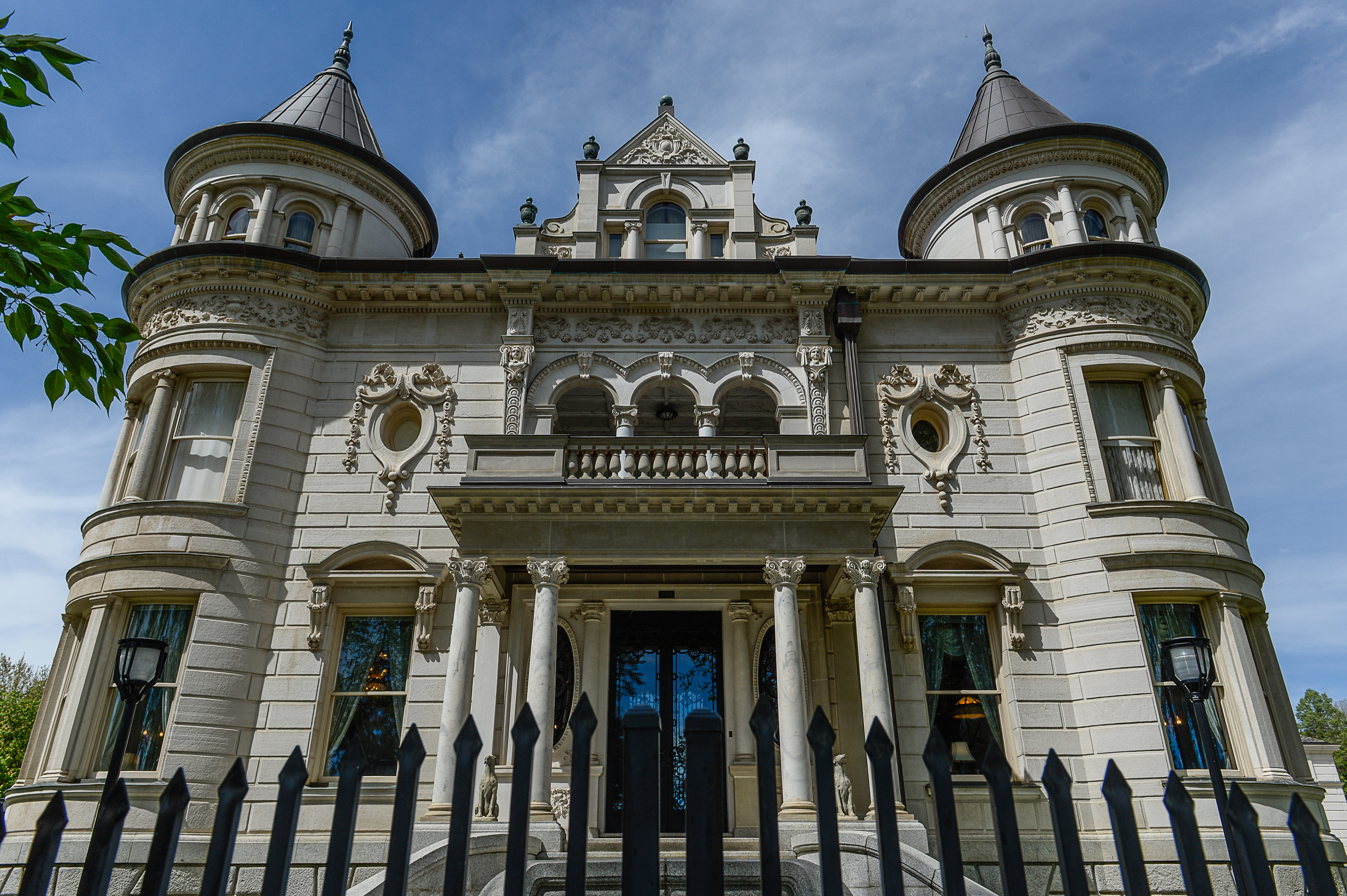
(Francisco Kjolseth | The Salt Lake Tribune) The Governor's Mansion at 603 E. South Temple in Salt Lake City.
Postwar construction, in contrast, has reflected a notion of needing more home space, he added, with an emphasis on quantity, at times, over quality.
"The role of the house today is so much different, where you seek more private time," Huffaker explained. "The theater is in the house. Your hobbies are in the house. Your recreation and your gym are all in the house. Each child is deserving of their own room or space now."
Notably, room counts under SmartAsset's criteria did not include bathrooms, closets, kitchenettes, utility rooms, halls, foyers, balconies, or any unfinished attics, basements or storage spaces.
Provo-Orem trounced all other cities, with a mansion ratio of 2.4 percent. Its average household size, not coincidentally, also outstrips the national average, at 3.62 people compared with 2.63 for the U.S. as a whole.
Analysts at SmartAsset — maker of free online tools for major personal finance decisions — speculated that Provo-Orem's current economic upswing and relatively low cost of living had pushed its mansion ratio so high.
"Or," site writer Nick Wallace opined, "maybe people in Provo simply love giant houses."
Or maybe all those kids just want bedrooms of their own.
tsemerad@sltrib.com
Twitter: @TonySemerad


